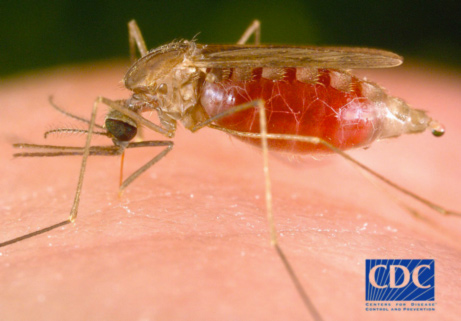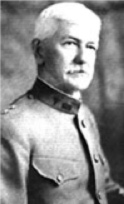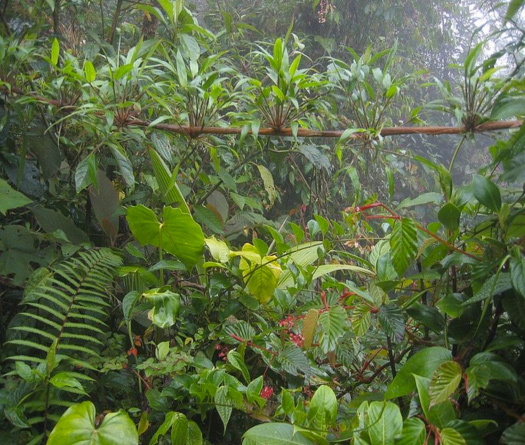
Source: freeborni mosquito, Center for Disease Control
The video you watched earlier should have provided you with some general knowledge on the history of the Panama Canal. However, America's efforts to build the canal were much more complex. Read the information in this section to learn how the United States overcame the two biggest obstacles in building the canal: Disease and the physical environment.

Source: freeborni mosquito, Center for Disease Control
The Isthmus of Panama was an ideal environment for mosquitoes. The high temperature varies little during the year. The rainy season lasts for nine months, and the interior of the Isthmus is tropical jungle, ideal for mosquito breeding. Mosquitoes carrying malaria and yellow fever proved to be the greatest threat to survival. Malaria was a factor in the 20,000 workers who died during the French effort of the canal construction.

Source: Image of William c. Gorgas, Center for Disease Control
During the American construction of the canal, President Theodore Roosevelt knew that he had to prevent such deaths to be successful. Roosevelt sent Chief Sanitary Officer, William C. Gorgas, who initiated a plan to improve the living conditions. Insecticides were sprayed around the encampments, screens were placed on shelters, and other sanitary measures were taken.

Source: Cloud Forest Jungle, Wikimedia
What do you think of when you think about the jungle? The photo above is an image of the Cloud Forest Jungle in Panama. Malaria was not the only danger for workers on the Panama Canal; they had to contend with cutting through thick and dangerous jungle. Wild animals, steep cliffs, mudslides, and a variety of biting insects were hidden by the dense foliage. Buildings were remodeled, new facilities were added for entertainment, and relaxation and clubhouses were managed by the YMCA. Before long, leagues and tournaments for bowling, billiards, and baseball were underway. Others found solitude in libraries and assembly rooms used for socializing and worship. These measures had a marked influence on life in the Canal Zone; drunkenness fell off sharply, and the saloon trade dropped by sixty percent. Crucially, the number of workers leaving the project each year dropped significantly.
Click on the following link to see a chart on the weather in Panama.
In your notes, use the information from the chart to answer the questions below:
Considering the weather conditions in both Panama City and Colon, which time of year and at which city are the conditions most favorable for working outside? Explain your answer.